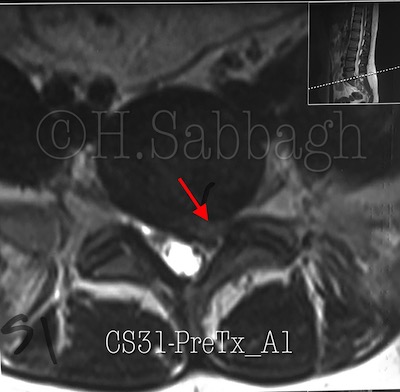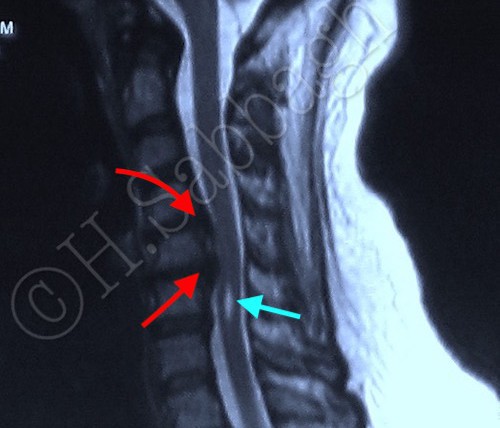Introduction
Lumbar disc herniations with acute radiculitis, or chronic radiculopathies are a common presentation in our health care system.
Some of these cases, particularly those with limited neural compromise, may respond to rest, medication, and proper daily ergonomics. At least in the initial stage.
The fact is, the majority of moderate to severe IVD structural pathologies leading to more complicated radiculopathies, are chronic conditions with often a several year history of structural discopathy.
Except for accidents, and acute traumas, it is unlikely that a healthy IVD can be damaged during daily activity, including heavy lifting. Therefore, the question is raised that the aforementioned conservative management is adequate.
Becoming symptom free is not necessary synonymous with functional wellness, which is one of the main causes of progressive IVD degeneration.
The purpose of this clinical case report was to delineate the following clinical observations:
- Selective IVD structural pathologies may in fact respond more effectively to closed reduction systems as opposed to long resting periods and / or surgical intervention.
- Obtaining an advanced imaging study in the early stages of radiculopathies can significantly aid in arriving at an accurate bio-mechanical diagnosis, improve conservative care prognosis, and certainly be more cost-effective in the long term.
- Performing “blind” conservative care based on pre-determined treatment procedures can compromise the patient and waste valuable time.
- There are specific bio-mechanical considerations / variations which must be considered in applying the closed eduction protocol oppose to automated decompression unit.
- Only selected types of structural discopathies should be treated via automated decompression units, and neurological & functional improvements must be reevaluated within the first three sessions.
In this particular case, an exacerbated lumbar sub-articular herniation with exacerbated chronic radiculopathy has been presented.
This case report details the treatment protocol via closed reduction system and the specific applied procedures. The comprehensive re-examination was performed following the third session as indicated in this and similar cases.
The patient was closely followed up functionally, and neurologically. Significant radicular symptom reduction was observed following the tenth session of treatment.
This observation is consistent with similar structural IVD pathology induced radiculopathies.
The predicted time delay between observable improvement in advanced imaging studies and patient clinical response is of value in proper patient selection, and arriving at an accurate prognosis.
Pre-treatment and post-treatment advanced imaging comparative studies, provide insight into the relationship between IVD structural pathology and clinical presentation improvement which precedes.
In addition, the concept that IVD herniations in general are not reversal, except with surgical intervention, requires reconsideration. It is the severity, chronicity, and the morphology of the involved IVD which determines its response to the closed reduction protocol.

